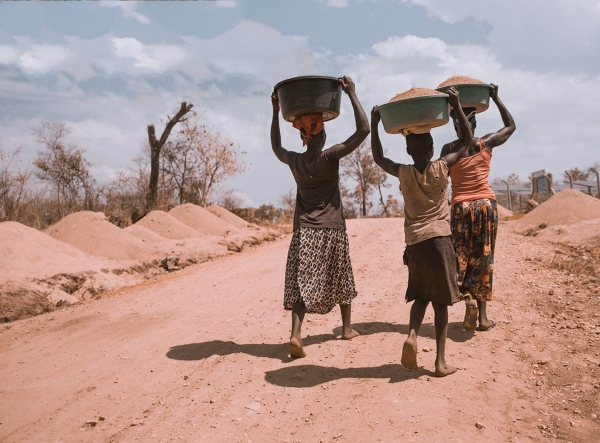Ethiopia, the largest refugee-hosting country in Africa, is currently facing climate shocks, insurgencies, and economic challenges, leading millions of people to suffer from malnutrition, as highlighted by the World Food Programme (WFP) in its June 2024 Food and Nutrition Security Updates. Malnutrition is exacerbated by factors such as food insecurity, high risk of disease outbreaks, scarce access to health services, rising food and living costs, and food assistance and response gaps due to resource limitations.
According to the February 2024 Humanitarian Response Plan (HRP), approximately 13 million people are expected to seek humanitarian food assistance between June and September 2024, including 4 million internally displaced persons (IDPs), with updates anticipated by August 2024. Concerns extend to children, as the Ethiopian Emergency Nutrition Coordination Unit (ENCU) reported an increase in the percentage of malnourished children from 9.4% to 10.3% between March 2023 and March 2024. Additionally, the Humanitarian Needs Overview (HNO) indicates that about one million children are suffering from severe acute malnutrition and 2.4 million infants from moderate acute malnutrition.
Refugees are also significantly affected, as confirmed by the Standardized Monitoring and Assessment of Relief and Transitions (SMART) survey conducted in the Amhara, Oromia, and Somali regions. The survey results reveal that the Global Acute Malnutrition (GAM) rate exceeds 15%, surpassing the World Health Organization (WHO) emergency threshold.
These analyses have led the Food and Agriculture Organization of the United Nations (FAO) and WFP to designate Ethiopia as a hunger hotspot in their June 2024 Hunger Hot Spot Report, alongside the Central African Republic, Lebanon, Mozambique, Myanmar, Nigeria, Sierra Leone, Zambia, Burkina Faso, Malawi, Somalia, and Zimbabwe.
The WFP recommends monitoring the food security area of concern, specifically Tigray and parts of Amhara. It also encourages contributions to humanitarian support needed in the country to ensure at least the existing targets for food assistance are met. Finally, it recommends monitoring environmental issues, such as flood risks, and strengthening anticipatory actions and responses.
To read more, please visit:
- https://reliefweb.int/report/ethiopia/ethiopia-food-and-nutrition-security-update-june-2024
- https://www.theguardian.com/global-development/2024/feb/09/tigray-ethiopia-war-drought-aid-suspended-hunger-crisis-death-desperation







